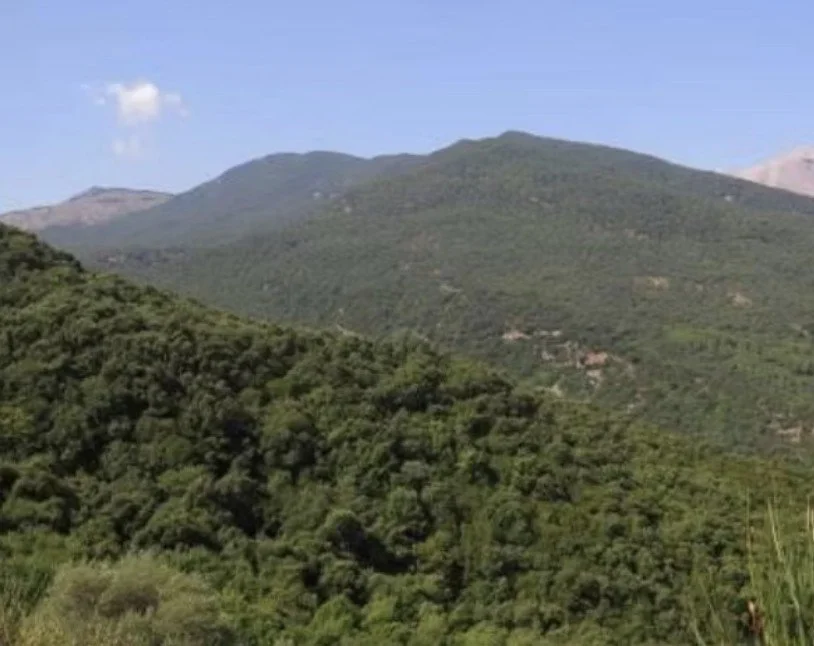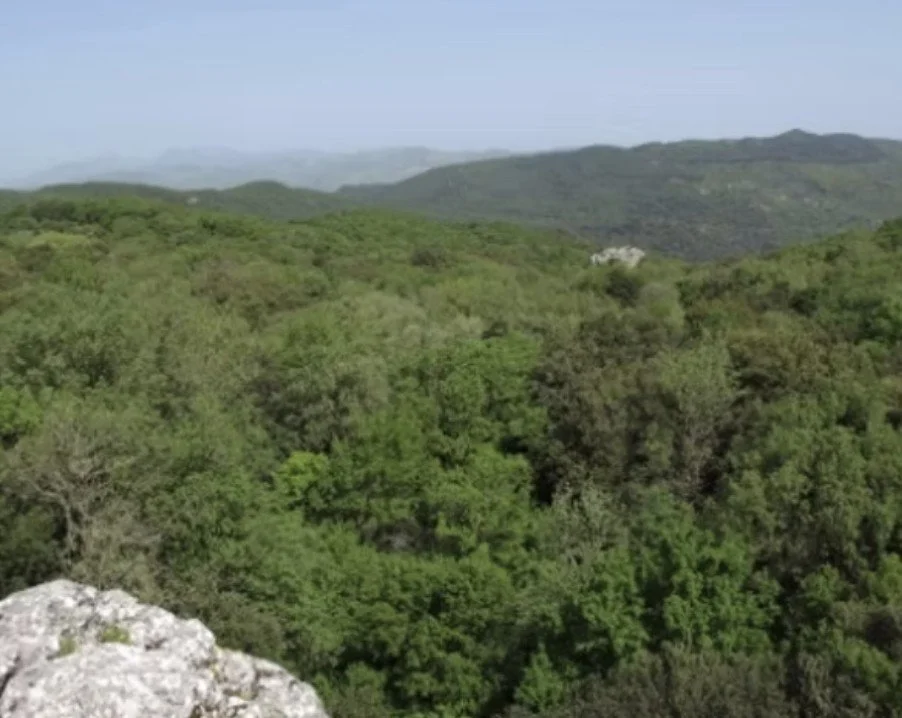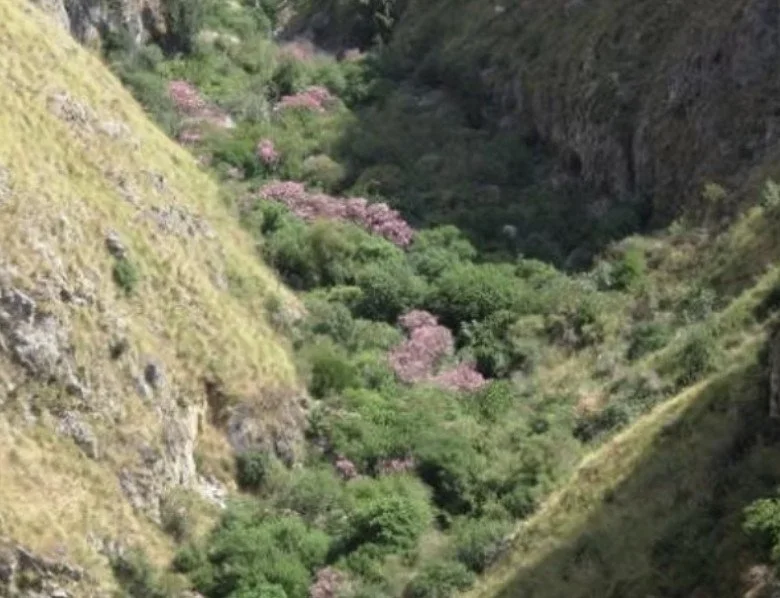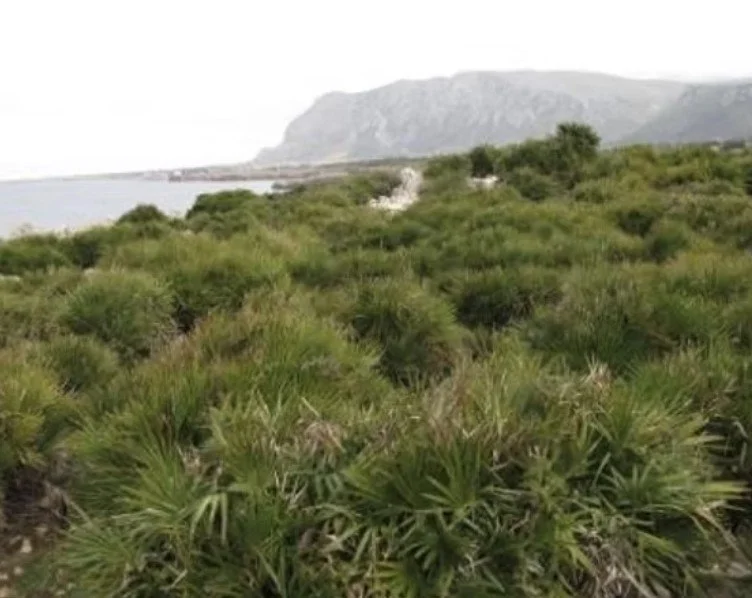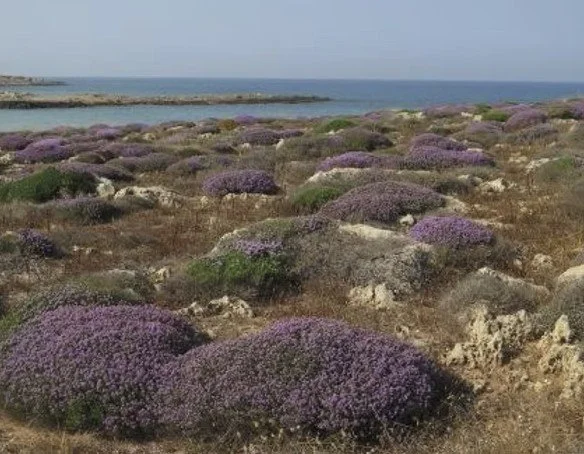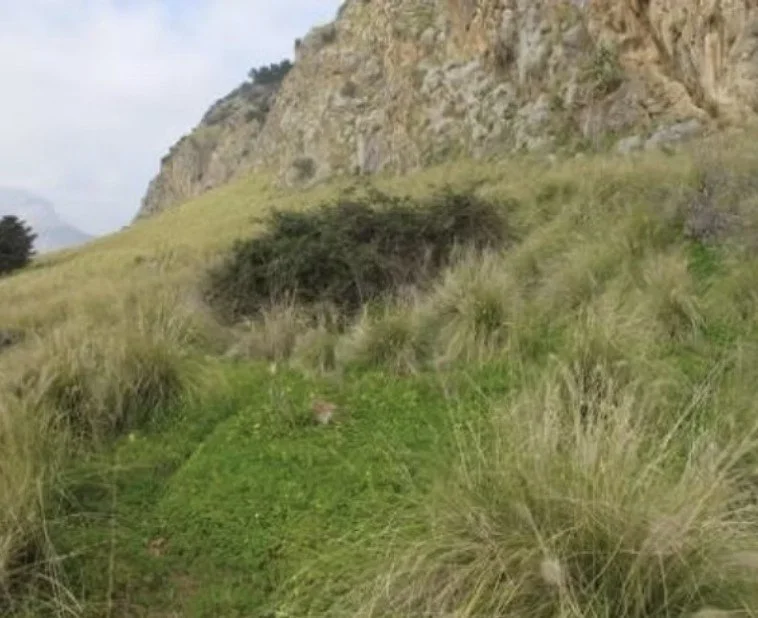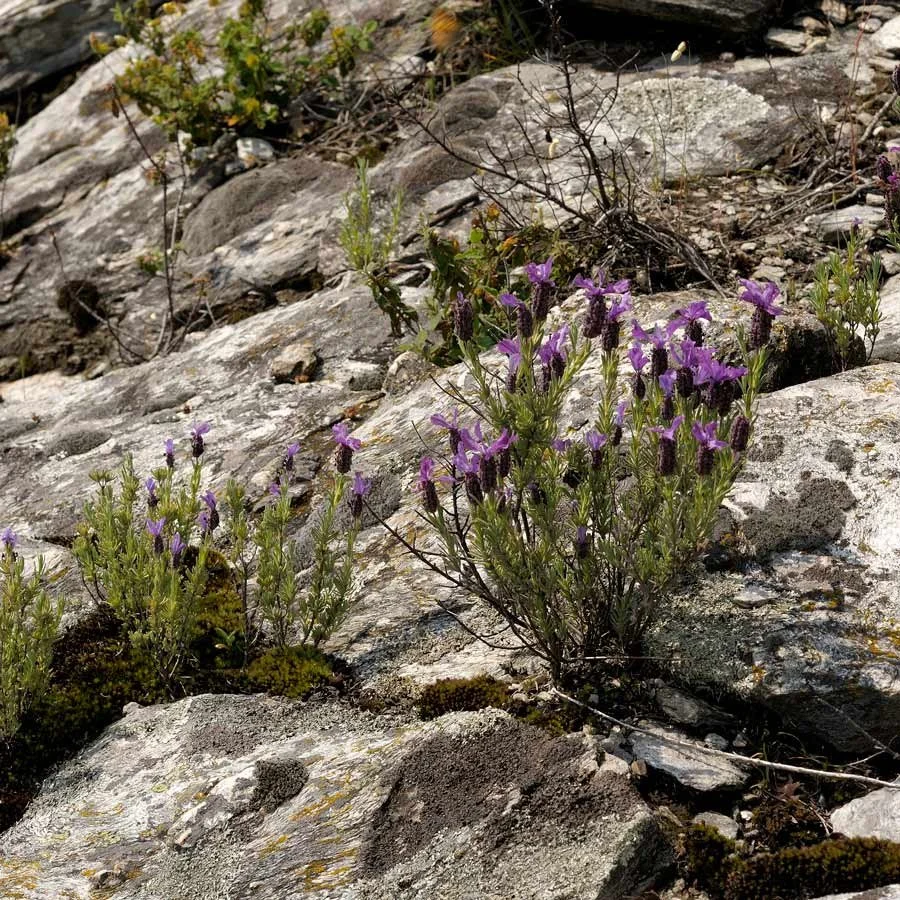The history of wild mediterranean flora
The Mediterranean garden is not just a way of designing outdoor spaces—it is a lifestyle, in tune with the climate, history, and natural rhythms of the Mediterranean. It tells a captivating and complex story, shaped by millions of years of adaptation and resilience.
A Landscape Shaped by a Long Natural History
Around 6 million years ago, the Mediterranean Sea experienced the Messinian salinity crisis, when the Strait of Gibraltar closed and much of the basin dried up. Salinity levels rose dramatically, transforming both the landscape and the marine environment. When the strait reopened, the Zanclean flood rapidly refilled the basin with oceanic waters, triggering profound changes in flora and fauna.
Much later, during the last glaciation (21,000–12,000 years ago) and earlier ones, the Mediterranean became a refuge for countless plant and animal species, while northern Europe was covered in ice. Many species migrating from the north adapted to these new conditions, and some, remaining geographically isolated, gave rise to recent endemics. Other lineages are far older, forming the basis of the paleoendemics still found today.
The high level of rare species is also linked to the Mediterranean islands. Sardinia and Corsica have particularly ancient origins: about 30 million years ago, the Sardinian-Corsican block detached from mainland Europe and rotated to reach its current position in the western Mediterranean. Since then, the two islands have remained isolated for tens of millions of years, allowing their flora to evolve in parallel and independently from the continent.
Sicily, by contrast, experienced intermittent periods of isolation, still giving rise to local endemics. Other islands and mountainous areas of the Mediterranean also served as glacial refuges, helping preserve and diversify the region’s flora.
In this way, the Mediterranean stands out as one of the richest ecological hotspots on Earth, hosting around 20% of the planet’s terrestrial species, roughly half of which are endemic.
Mediterranean Vegetation: A Mosaic of Ecosystems
The Mediterranean landscape is a mosaic of natural ecosystems—forests, maquis, garrigue, and steppes—each reflecting a delicate balance between climate, soil, and vegetation.
Mediterranean forests, with their holm oak, pine, and cork oak stands, regulate local microclimates and host rich biodiversity, including a diverse undergrowth.
The Mediterranean maquis, low (up to 2 m) or tall (up to 3 m), is a dense community of evergreen shrubs such as myrtle, mastic, and strawberry tree. It often develops after fires or human disturbance (secondary maquis) or persists under harsh climatic or soil conditions that prevent its evolution into forest (primary maquis). While its species composition resembles evergreen forests, it lacks dominant trees.
The garrigue (from the French garrigue, referring to spiny oak) represents a more open, degraded stage of the maquis. It is characterized by low, sparse vegetation with patches of bare soil, small shrubs, and aromatic suffrutices, reaching up to 1.5 m in height. Despite its open appearance, the garrigue harbors remarkable floristic diversity.
Further degradation leads to the Mediterranean steppe, dominated by grasses and herbaceous species, a striking example of adaptation to extreme drought conditions.
This process can also be read in reverse: after a fire, succession begins with low, hardy plants, which gradually give way to taller, more complex vegetation, eventually reaching a climax community—the stable, self-sustaining stage of a mature ecosystem.
Survival Strategies of Mediterranean Plants
Mediterranean plants are true masterpieces of adaptation to arid climates. Some complete their life cycle in a single season, leaving seeds ready to germinate with the first rains, while others store energy in underground bulbs or rhizomes. Many develop deep roots, leathery leaves, or silvery surfaces to minimize water loss. The essential oils found in lavender, sage, and rosemary act as natural defenses against sun exposure and herbivores. Some species can survive fires by regenerating afterwards, while others protect themselves with spines or aromatic compounds.
A Natural Laboratory of Biodiversity
The Mediterranean is one of the world’s major ecological hotspots, an area rich in biodiversity and endemic species. Mountains, islands, and rugged coastlines have created an extraordinary variety of habitats. In Italy, Sicily and Sardinia are true treasure troves of rare species perfectly adapted to the dry climate.
The Mediterranean Garden as a Model for the Future
In an era marked by climate change and water scarcity, the sustainable Mediterranean garden represents a model of resilience and natural beauty. Its plants, drought-resistant and low-water-use, require minimal maintenance and no chemical treatments, offering a perfect balance between aesthetics and environmental respect.
A Mediterranean garden is:
Efficient, making the best use of natural resources;
Biodiverse, hosting many species in balance;
Autonomous and dynamic, capable of regenerating over time;
Resilient, ready to face heat, wind, and drought;
And above all, sustainable, promoting a more conscious and harmonious way of living with nature.
It is a garden that evolves over time, follows natural rhythms, and celebrates imperfection as a form of balance. The natural Mediterranean garden is not only a space to admire, but a living ecological laboratory — a tangible model for building a green and sustainable future, even starting in your own backyard.
